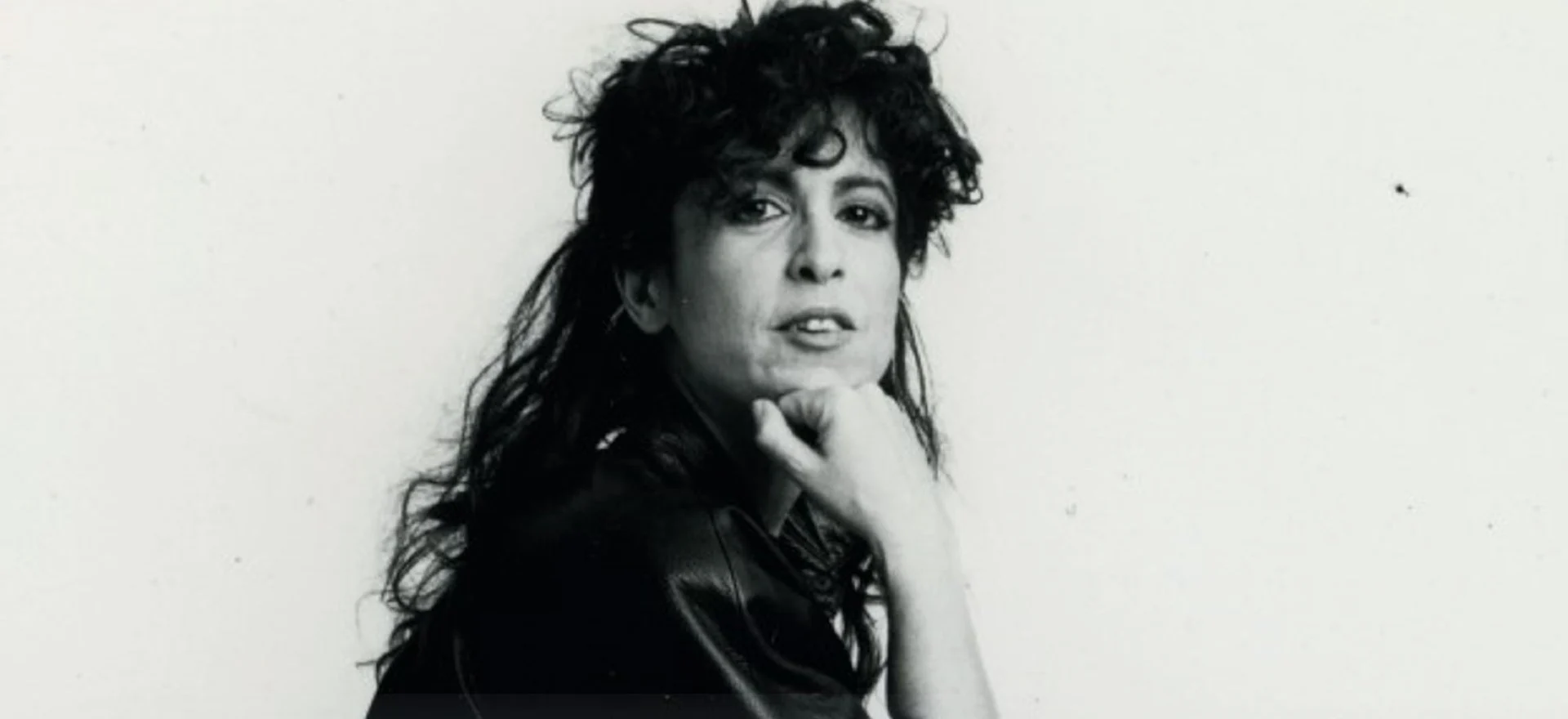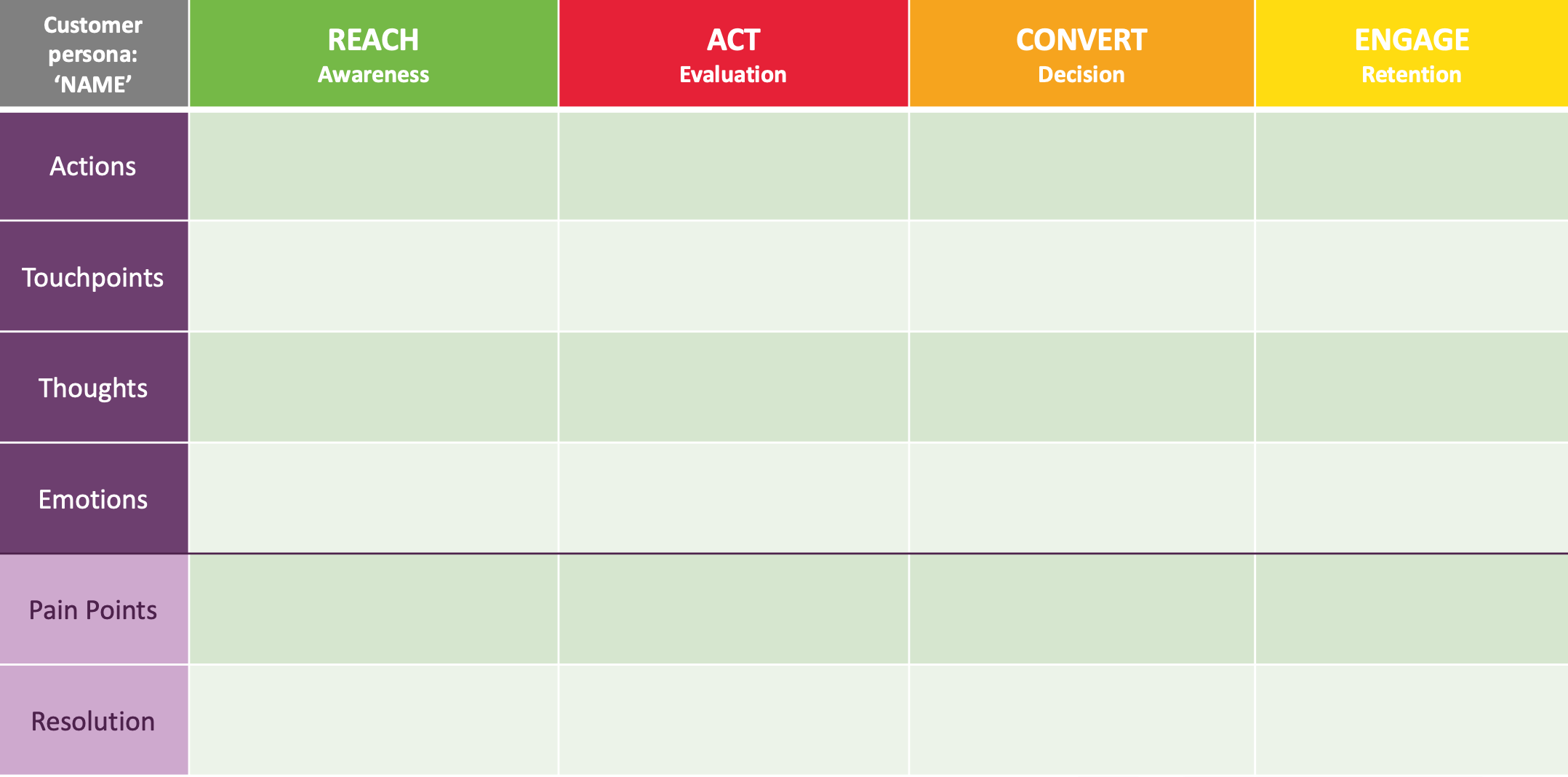How a Misbelief About Love Can Be a Guiding Light for Your Romance Characters
Understanding what holds your characters back from loving or being loved fully will equip you to write a romance with a compelling arc.


Today’s post is by romance author and book coach Trisha Jenn Loehr (@trishajennreads).
We’ve all learned about how our protagonist needs a fatal flaw, as well as internal and external goals. A character’s fatal flaw: the thing they need to overcome during the story to successfully accomplish those goals. This fatal flaw manifests in various ways in the character’s life: in their actions, reactions, thoughts, emotions, and their choices. It also manifests in their relationships.
When it comes to writing a romance novel or love story, this fatal flaw may actually be the misbelief about love that the protagonist needs to unlearn so they can finally grab hold of their happily ever after.
What is a misbelief about love?
A misbelief about love is the character’s incorrect understanding about themselves and love that is blocking their ability to have a successful romantic relationship and get their happily ever after. Often, it not only hinders the character from being able to accept love but makes even the idea of love or romance seem like an impossibility.
The misbelief about love is what causes the main internal conflict blocking the character’s successes in life and relationships—and causes external conflict between love interest characters that forces them to grow, learn, and change.
The correction of the misbelief about love is not only the romance novel’s main plot—the romantic relationship between the love interests—but also the novel’s theme. Once a character unlearns their misbelief about love, they will prove the theme or point of your story and get their happily ever after ending.
What are common misbeliefs about love?
Misbeliefs about love can be somewhat generic sounding, or they can be super specific. It really depends on your character and the story you want to tell. Some common misbeliefs about love that you’ll find in romance novels are:
- Love isn’t worth the risk (because it hurts or doesn’t last).
- I’m not worthy of love. / I don’t deserve love.
- I’m not good enough for that person I love. / They deserve someone better than me.
- I’m too broken for love.
- Love makes everything else too complicated.
- Love will get in the way of my goals.
As you look at this list of common misbeliefs about love, are you seeing how they might cause conflict in romantic relationships? Or color the way a character sees the world and influence their actions or words? And can you see how the opposite of these misbeliefs might be the point your story is trying to make?
How does a misbelief about love show up on the page?
A character’s misbelief about love colors informs the character’s interpretations of what other characters say or do, their interpretations of circumstances, and the choices they make and reactions they have to people and events.
- Sometimes these responses and choices are conscious—the character is aware of why they are saying or doing what they are saying or doing.
- Often, these responses or choices are more subconscious. They are reflexes because the character hasn’t yet taken the time or put in the effort or energy to dig deeply and understand themselves.
What causes misbelief about love?
A misbelief about love, like other core beliefs, is formed by a character’s identity and life experiences. Digging into characters’ backgrounds is where you can add more layers to create depth to those characters and their psyches—and understand where their misbeliefs about love came from.
Consider your character’s:
- Education
- Culture
- Family history and structure
- Formative events during their childhood—both positive and negative
- Experiences with community and religion
- Socio-economic status
- Access to food and housing
- Friendships and past romantic relationships
- Experiences of loss, grief, pain, and fear
Identify two or three key aspects or significant events that have had the greatest influence on your character and have resulted in their misbelief.
For example:
- A man who grew up watching a dysfunctional marriage: His mom earnestly loved his dad and was abused for it and hurt even more if he tried to stand up for her. So he may have the misbelief that love hurts or is dangerous. If his father said cruel things like “you’re no better than me,” he might be afraid to allow himself to love someone because of the misbelief that he will hurt whomever he loves.
- If a woman grows up feeling she needs to earn love: She may learn the misbelief that she doesn’t deserve love, that being loved requires effort. This may lead to her morphing herself into whatever she thinks her current partner wants rather than being herself.
- If a woman sees her mother marry, divorce, mourn, and marry again repeatedly: She might learn the misbelief that love doesn’t last and decide to never put herself in a position to be hurt.
Layering misbeliefs (and course corrections) about love on the page
When you understand your love interest characters’ misbeliefs about love, you can layer it into the story, showing how the misbelief is getting in the way of achieving their goals. Then, you can layer in opportunities for your characters to learn and grow. By seeing what successful relationships look like and having other characters question them or challenge them on their choices, characters can learn to correct their misbeliefs.
Consider three kinds of moments to layer into your story:
- Moments that seem to confirm your character’s misbelief about love.
- Moments that cause your character to question their misbelief about love.
- A moment that forces the character to choose what to believe, and ultimately forces them to correct their misbelief about love.
Understanding your character’s misbelief about love and their arc of change is tough work. It’s layered. It takes time and lots of thinking and lots of revising.
Once you have a clearer idea of who your character is, what they believe, why they believe it, and how it’s causing conflict in their story (both romantic and otherwise), you’ll feel more equipped to write a romance story with a compelling character arc.



























![How To Drive More Conversions With Fewer Clicks [MozCon 2025 Speaker Series]](https://moz.com/images/blog/banners/Mozcon2025_SpeakerBlogHeader_1180x400_RebeccaJackson_London.png?auto=compress,format&fit=crop&dm=1750097440&s=282171eb79ac511caa72821d69580a6e#)

![Brand and SEO Sitting on a Tree: K-I-S-S-I-N-G [Mozcon 2025 Speaker Series]](https://moz.com/images/blog/banners/Mozcon2025_SpeakerBlogHeader_1180x400_LidiaInfante_London.png?auto=compress,format&fit=crop&dm=1749465874&s=56275e60eb1f4363767c42d318c4ef4a#)






















![The 11 Best Landing Page Builder Software Tools [2025]](https://www.growthmarketingpro.com/wp-content/uploads/2024/04/best-landing-page-software-hero-image-1024x618.png?#)









































![How to Create an SEO Forecast [Free Template Included] — Whiteboard Friday](https://moz.com/images/blog/banners/WBF-SEOForecasting-Blog_Header.png?auto=compress,format&fit=crop&dm=1694010279&s=318ed1d453ed4f230e8e4b50ecee5417#)
![How To Build AI Tools To Automate Your SEO Workflows [MozCon 2025 Speaker Series]](https://moz.com/images/blog/banners/Mozcon2025_SpeakerBlogHeader_1180x400_Andrew_London-1.png?auto=compress,format&fit=crop&dm=1749642474&s=7897686f91f4e22a1f5191ea07414026#)

























![Brand pitch guide for creators [deck and email templates]](https://blog.hootsuite.com/wp-content/uploads/2022/06/brand-pitch-template.png)


![AI marketing campaigns only a bot could launch & which tools pitch the best ones [product test]](https://www.hubspot.com/hubfs/ai-marketing-campaigns.webp)












![How Social Platforms Measure Video Views [Infographic]](https://imgproxy.divecdn.com/AncxHXS242CT-kDlEkGZi7uQ2k70-ebTAh7Lm14QKb8/g:ce/rs:fit:770:435/Z3M6Ly9kaXZlc2l0ZS1zdG9yYWdlL2RpdmVpbWFnZS9ob3dfcGxhdGZvcm1zX21lYXN1cmVfdmlld3MucG5n.webp)









